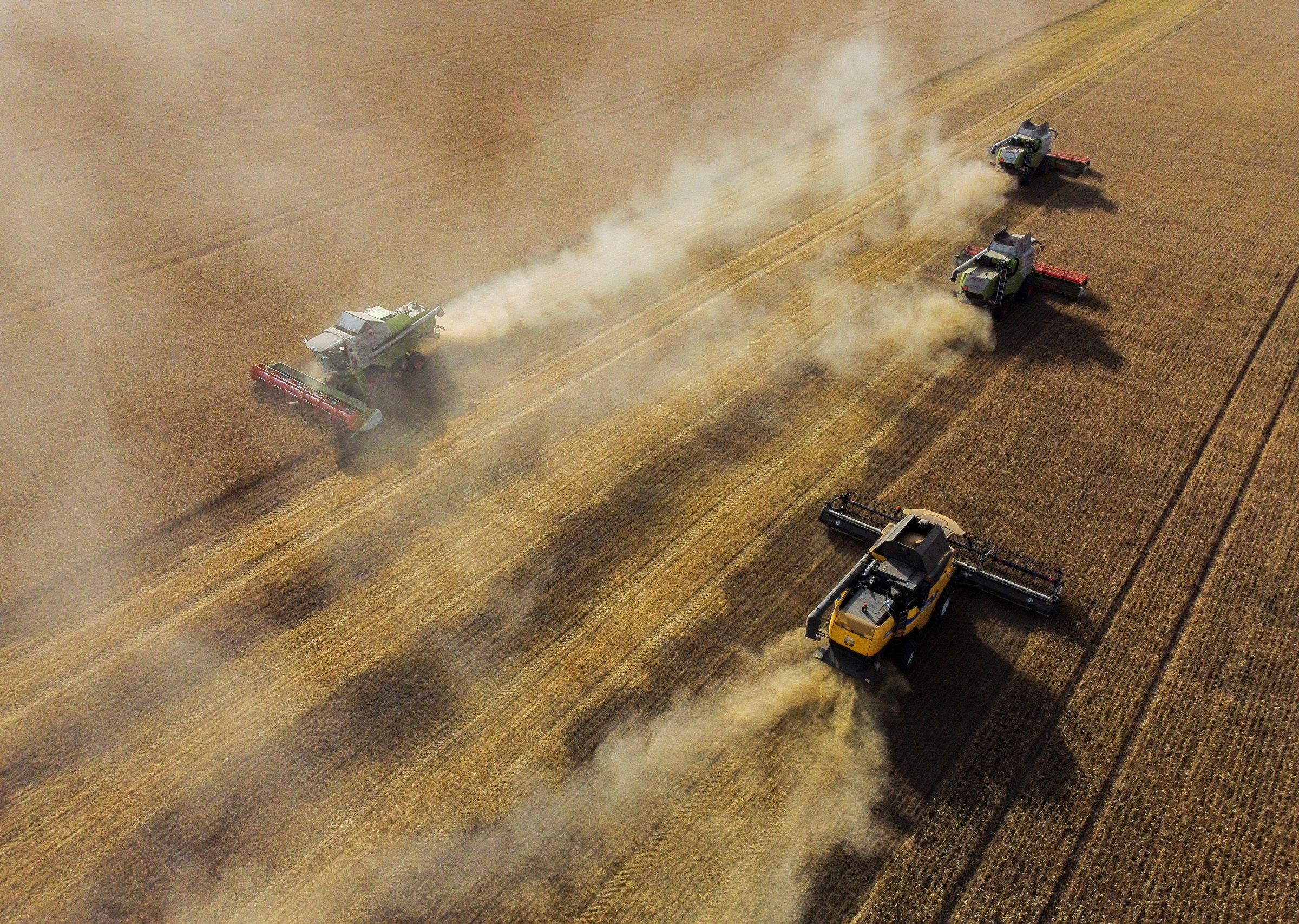For the first time since the 1990s, Russian and Chinese traders are resorting to direct bartering, according to Reuters.
Trade sources report eight known barter transactions, including exchanges of wheat for cars and flaxseed for household goods and construction materials. While the exact value and volume of these trades are unknown, they are reportedly becoming increasingly common.
"The rise in barter trade is a sign of de-dollarization, sanctions pressure, and liquidity issues between partners," said Maxim Spassky, secretary of the joint council of the Russia-Asia Union of Industrialists and Entrepreneurs. He anticipates the volume of bartered goods to increase further.
In 2022, the West imposed sanctions by disconnecting many Russian banks from the SWIFT international payment system. Last year, Washington also warned Chinese banks against transactions with Russia.
"Chinese banks are afraid of being blacklisted and subjected to secondary sanctions, so they don't accept money from Russia," a source in the payment market said, citing this as a key driver of the barter trade resurgence.
 |
Wheat harvest in Cherlaksky District, Omsk, Russia on 8/9/2023. Reuters |
Wheat harvest in Cherlaksky District, Omsk, Russia on 8/9/2023. Reuters
At the Kazan Expo business forum last month, Chinese businesses acknowledged payment difficulties as a barrier to bilateral trade. Xu Xinjing, chairman of Hainan Longpan Oil Mining Technology, suggested that bartering could be a solution, offering new opportunities for businesses in Russia and Asian countries "under the current payment restrictions".
In 2024, the Russian Ministry of Economic Development issued a 14-page "Guide to Foreign Barter Transactions," advising businesses on using this method to bypass sanctions. They even proposed creating a barter platform. "Foreign trade barter transactions allow the exchange of goods and services with foreign companies without international transactions," the ministry's document stated.
In response to Reuters, the Russian Customs Service confirmed barter operations with various countries "for many types of goods". However, the scale remains insignificant compared to the total volume of foreign trade contracts.
In the first seven months of this year, Russia's trade surplus decreased by 14% compared to the same period in 2024, down to 77.2 billion USD. Exports during this period fell by 11.5 billion USD to 232.6 billion USD, while imports increased by 1.2 billion USD to 155.4 billion USD.
The Russian government and Central Bank declined to comment on bartering, stating they lack specific data on these transactions as they are included in overall figures if legally reported.
Besides bartering, some Russian traders are using "payment agents," intermediaries who facilitate money transfers through various mechanisms. Another option is payment through VTB, a Russian state-owned bank, and its Shanghai branch. Others choose to use USD-pegged digital currencies.
Sergey Putyatinsky, vice president of operations and IT at the Russian financial company BCS, said small businesses are actively employing various methods such as digital currencies, clearing payments, and opening multiple accounts at different banks. "There is no readily available technological solution yet. The economy is still holding up, and businesses have to simultaneously apply 10-15 different payment methods," he said.
Since the annexation of Crimea in 2014 and the conflict in Ukraine in early 2022, the US, Europe, and their allies have imposed over 25,000 sanctions, targeting Russia's 2,200 billion USD economy.
Russian President Vladimir Putin said growth has exceeded expectations, outpacing G7 countries in the past two years, despite Western predictions of collapse. However, the Russian Central Bank assesses that the country is technically in recession and experiencing high inflation.
Phien An (Reuters)












